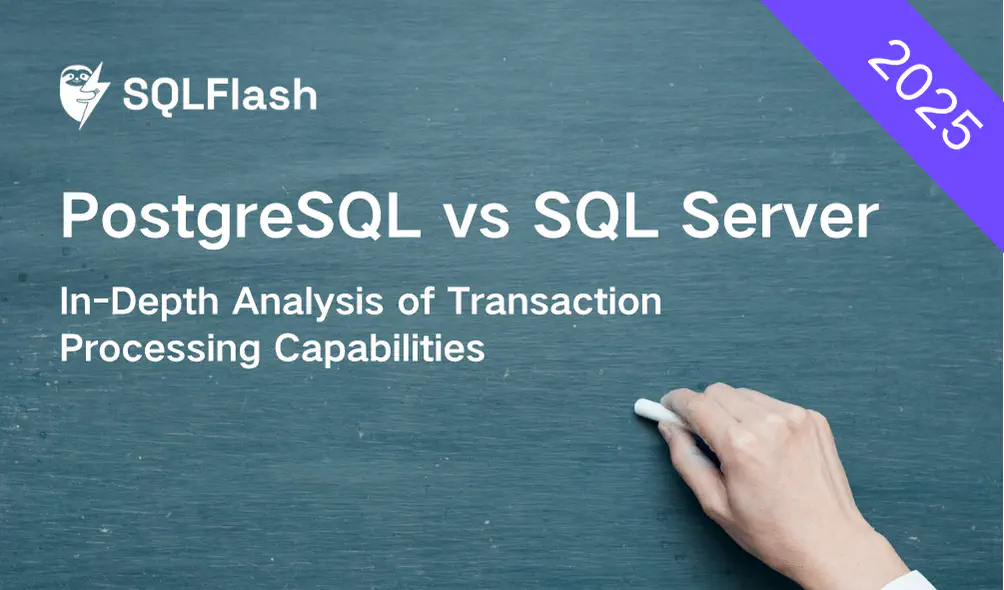PostgreSQL vs SQL Server 2025: In-Depth Analysis of Transaction Processing Capabilities


As an AI Model Trainer, you know data integrity is crucial for accurate models. This article compares how PostgreSQL and SQL Server 2025 handle database transactions, the backbone of data reliability. We explore each database’s approach to crucial ACID properties like atomicity, which ensures changes happen completely or not at all, preventing corrupted data. By understanding concurrency control and isolation levels, you can choose the right system and optimize your transaction processing for peak AI model training performance.
Think of a database transaction like a set of instructions you give to a computer all at once. It’s a single, complete job. Imagine you’re transferring money from your savings account to your checking account online. That’s a transaction! The database treats it as one thing. Either all of the money moves, or none of it does. This “all or nothing” rule is called atomicity.
PostgreSQL (often called “pgsql”) and SQL Server are like super-organized filing cabinets for computers. They are called Database Management Systems (DBMS). Lots of companies and AI researchers use them to store and manage huge amounts of data. This data is used to train AI models, so these databases are really important for making AI smart!
Imagine training an AI to recognize cats in pictures. You need to feed it lots of pictures and tell it which ones have cats. If the database messes up and loses some of that information, the AI won’t learn correctly! Good transaction processing makes sure the data stays accurate and complete. This is super important because AI models are only as good as the data they learn from.
To make sure transactions are done right, databases follow a set of rules called ACID. ACID stands for:
This article will compare how PostgreSQL and SQL Server 2025 handle transactions. We will look closely at the features that are important for people who train AI models.
We’ll compare how well each database handles many transactions at once (concurrency), how well they keep transactions separate (isolation levels), and how fast they can process transactions (performance).
SQL Server 2025 isn’t out yet! We’ll talk about what we think it will be like based on what SQL Server can already do and what’s new in database technology. Things might change when SQL Server 2025 actually comes out.
First, we’ll learn about transactions in general. Then, we’ll dive into how PostgreSQL and SQL Server work. Finally, we’ll compare them to see which one is better for different AI training jobs.
SQLFlash is your AI-powered SQL Optimization Partner.
Based on AI models, we accurately identify SQL performance bottlenecks and optimize query performance, freeing you from the cumbersome SQL tuning process so you can fully focus on developing and implementing business logic.
Join us and experience the power of SQLFlash today!.